Amur Maple (also known as Tatarian Maple) is a woody shrub or small tree scientifically named Acer tataricum. It belongs to the Sapindaceae family and originates from Western Asia to Southeastern Europe. Renowned for its adaptability, this fast-growing plant thrives in hardiness zones 3 to 8, making it suitable for various climates.
With its wide, rounded canopy and vibrant fall colors, the Tatarian Maple is an excellent choice for small backyards or compact landscapes. This hardy shrub flourishes in full sun, requiring minimal care while offering maximum visual appeal. Its modest height makes it ideal for creating striking yet manageable garden designs.
For more insights into its growth, care, and fascinating characteristics, keep reading to learn how to make the most of this stunning addition to your garden.
| Common name | Amur Maple, Tatarian Maple |
| Botanical name | Acer tataricum |
| Family | Sapindaceae |
| Species | tataricum |
| Origin | Western Asia to southeastern Europe |
| Life cycle | Woody |
| Plant type | Shrub |
| Hardiness zone | 3, 4, 5, 6, 7, 8 |
| Sunlight | Full Sun |
| Maintenance | Low |
| Soil condition | High Organic Matter |
| Drainage | Well-Drained |
| Growth rate | Slow |
| Harvest time | Fall |
| Flowering period | Spring |
| Flower color | Green |
| Leaf color | Green |
| Fruit color | Brown, Copper |
| Stem color | Brown, Copper |
| Fruit type | Samara |
| Leaf benefit | Showy |
| Garden style | Drought Tolerant Garden |
| Uses | Container |
I. Appearance and Characteristics
Acer tataricum, the Tatar maple or Tatarian maple, is a species of maple widespread across central and southeastern Europe and temperate Asia, from Austria and Turkey east as far as Japan and the Russian Far East. The species is named after the Tatar peoples of southern Russia; the tree’s name is similarly commonly also misspelled “Tartar” or “Tartarian” in English.
Acer tataricum is a deciduous spreading shrub or small tree growing to 4–12 metres (13–39 ft) tall, with a short trunk up to 20–50 centimetres (7.9–19.7 in) diameter and slender branches. The bark is thin, pale brown, and smooth at first but becoming shallowly fissured on old plants. The leaves are opposite and simple, broadly ovate, 4.5–10 centimetres (1.8–3.9 in) long and 3–7 centimetres (1.2–2.8 in) broad, unlobed or with three or five shallow lobes, and matte green above; the leaf margin is coarsely and irregularly toothed; the leaf petiole is slender, often pink-tinged, 2–5 centimetres (0.79–1.97 in) long.
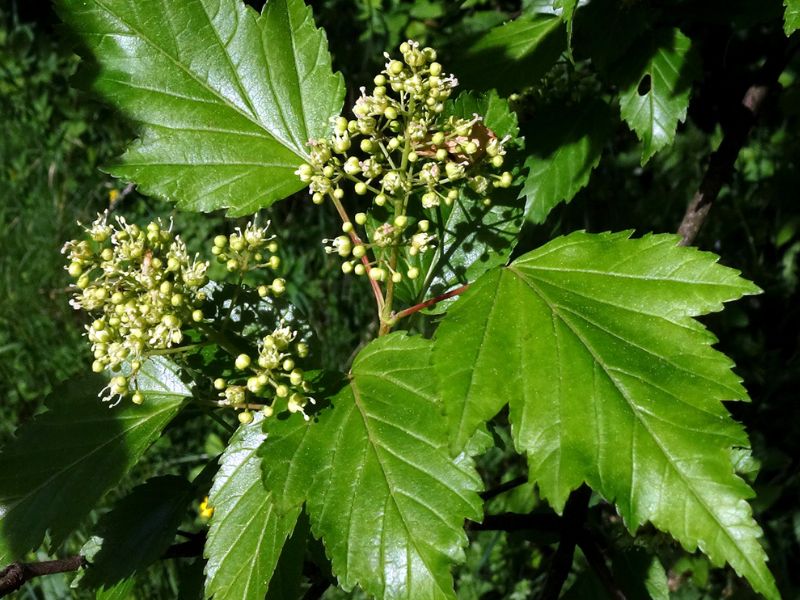
The flowers are whitish-green, 5–8 millimetres (0.20–0.31 in) diameter, produced in spreading panicles in spring as the leaves open. The fruit is a paired reddish samara, 10–12 millimetres (0.39–0.47 in) long with a 2–3 centimetres (0.79–1.18 in) wing, maturing in late summer to early autumn.
II. How to Grow and Care
Sunlight
Tartarian maple flourishes under full sun exposure which provides it with the energy necessary for optimal growth and health. It has a robust tolerance for partial sun, allowing it some flexibility in planting location. Variations from ideal light conditions can lead to subdued growth and a potential decrease in vigor. Tartarian maple features adaptive leaf modifications that enable it to mitigate excessive light when in brighter conditions. Outdoors, tartarian maple thrives best in open spaces that offer direct sunlight for the majority of the day, but it can also adapt to areas with intermittent shade.
Temperature
The tartarian maple has good cold resistance and is able to tolerate low temperatures. The tartarian maple is native to the margins of forests in China, Japan, and North Korea, so these trees generally prefer a humid environment. Most tartarian maple plants have shallow root systems, so they should be watered frequently during the summer. For some varieties, a sprayed mist should be provided during the summer to increase the humidity of the air around them.
Watering
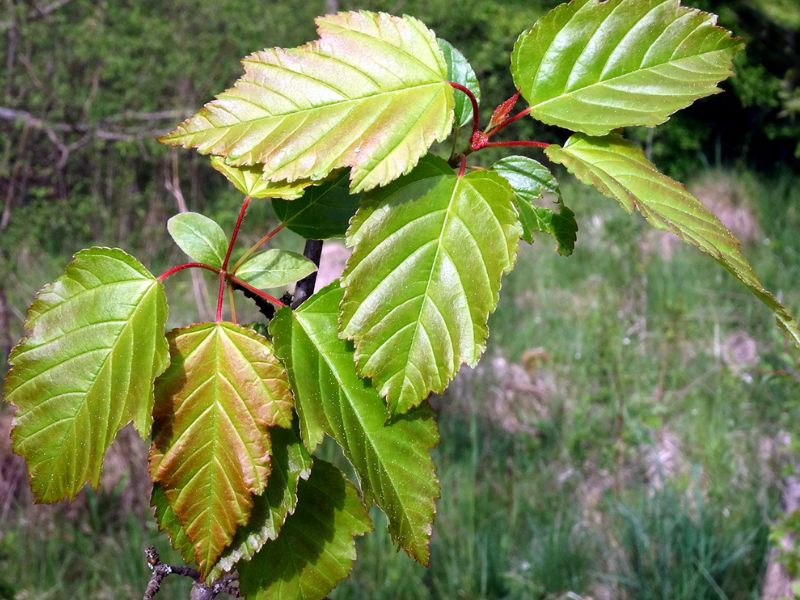
Originating from regions with moderate climates, tartarian maple is adapted to withstand longer periods without water. This species thrives in a balance of moisture and has a drought-tolerant nature, requiring watering once every three weeks to maintain its vigor. As an outdoor deciduous plant, tartarian maple undergoes seasonal changes that influence its water uptake; during the growing season, it’s crucial to monitor soil moisture closely as this can impact leaf development and overall health.
Soil
The tartarian maple does not have many specific requirements for soil. It is a forest native, so it prefers well-drained soil that is rich in humus and slightly acidic. Its main root will extend deep into the soil, but its tiny fibrous roots will be concentrated near the soil surface, so accumulated water in the soil tends to cause root rot.
Fertilizing
For optimal growth, tartarian maple benefits from balanced nutrition fertilizers; high nitrogen variants enhance leaf development. In spring, apply fertilizer once, if growth is lackluster, consider a second application mid-summer. Utilize a slow-release formula at the recommended rate on the package for size and age. Over-fertilization risks harm; under-fertilization leads to weak growth. During dormancy in winter, cease fertilization. Young tartarian maple may require more frequent feeding to establish. Always water thoroughly post-application to distribute nutrients evenly.
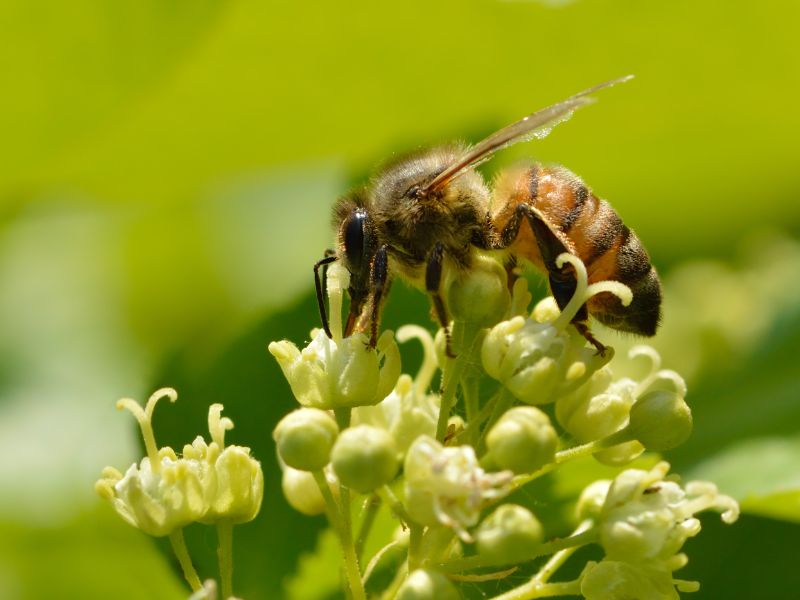
Pruning
Pruning is mainly used to enhance internal ventilation, improve shoot formation, promote growth, and for shaping. The common approach to pruning is to remove any old or weak branches, remove any branches that disrupt the shape of the tree, and remove any branches that cross other branches. Pruning is used to control the plant according to the required height and shape. Generally, this follows the “Y-type” pruning method.
It is possible to prune a tartarian maple throughout the year, but the coldest winter months should be avoided to prevent damage to the plant. Major pruning to shape a maple can be performed following defoliation in the fall, or prior to leaf growth in the spring. It is recommended to prune in the fall because withered and full buds can be easily distinguished.
According to the shaping plan, you can prune any withered buds and keep the full ones, thus making your tree healthier. For pruning in the summer, diseased, weak, or dead branches can be removed, mainly to enhance the tree’s ventilation.
If grown as a potted plant, the roots can easily occupy the entire flowerpot due to the limited space. This can make a tartarian maple prone to aging if an old flowerpot is not changed. It is recommended that old roots are pruned during the dormancy period, that is, cut off any old, coarse, diseased, and weak roots.
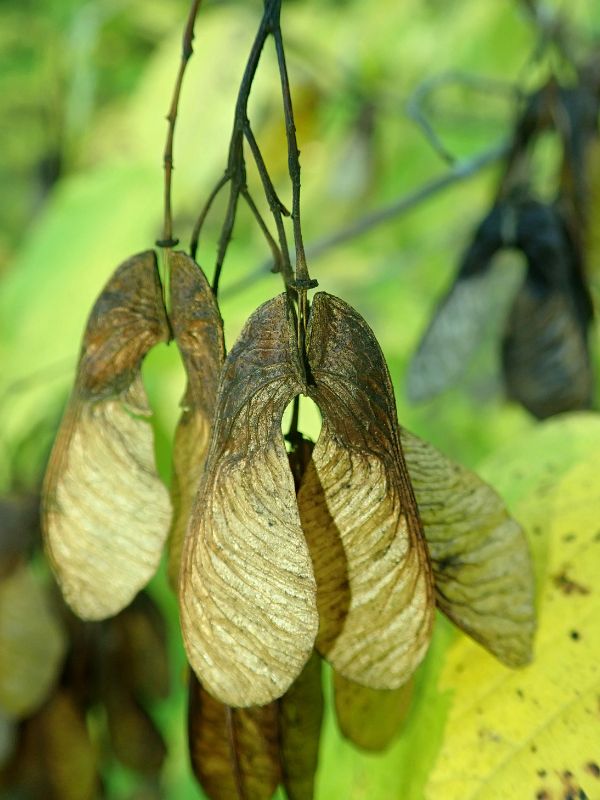
Propagation
Common propagation methods include grafting, taking cuttings, and sowing seeds.
Grafting is the most common propagation method. Seedlings of Acer palmatum or Acer oliverianum are usually selected for the rootstock. Grafted seedlings have strong roots and grow rapidly, but poor affinity is occasionally present in some cases. Seedlings with Acer oliverianum as the rootstock are less hardy.
Cuttings take longer to grow and are mostly used in the production of bonsai.
Sowing seeds is a common way to cultivate new varieties. The hybrid offspring of two different maples are sown and valuable individuals are then selected from the seedlings. The traits of the parents may not be maintained in the selected offspring.
III. Uses and Benefits
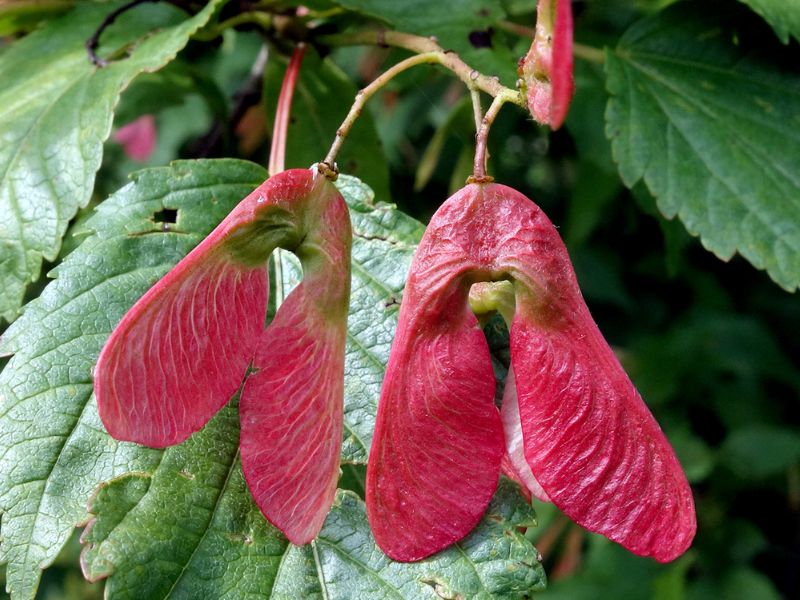
Tatar maple is occasionally grown as an ornamental plant in gardens throughout Europe and also in North America. In Russia, it is valued in farmland shelters. It is locally naturalised in eastern North America.
Find Where to Buy the Best Tatarian Maple (Acer tataricum)



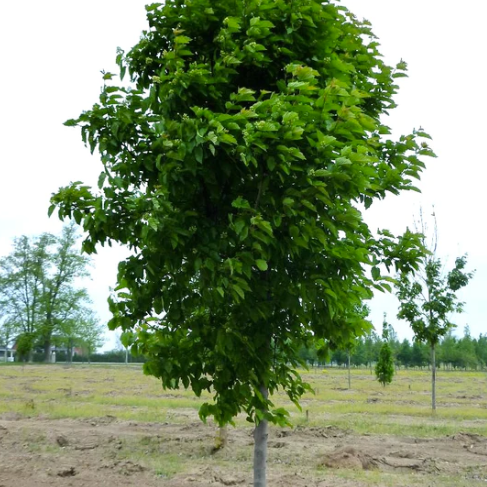





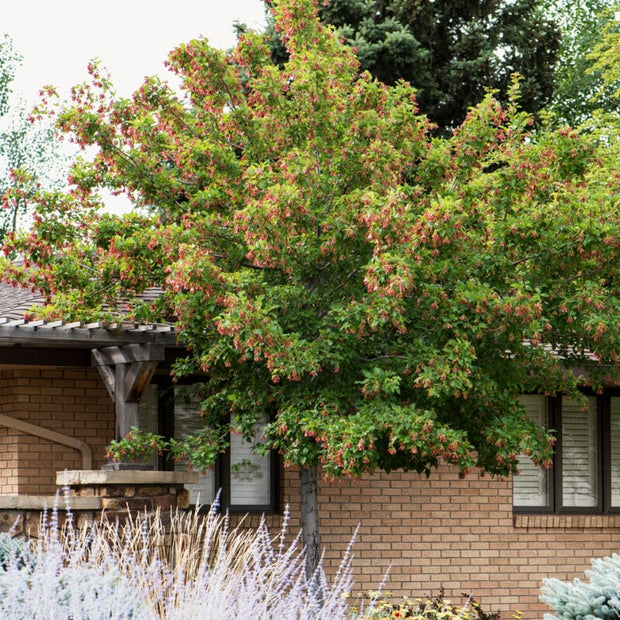
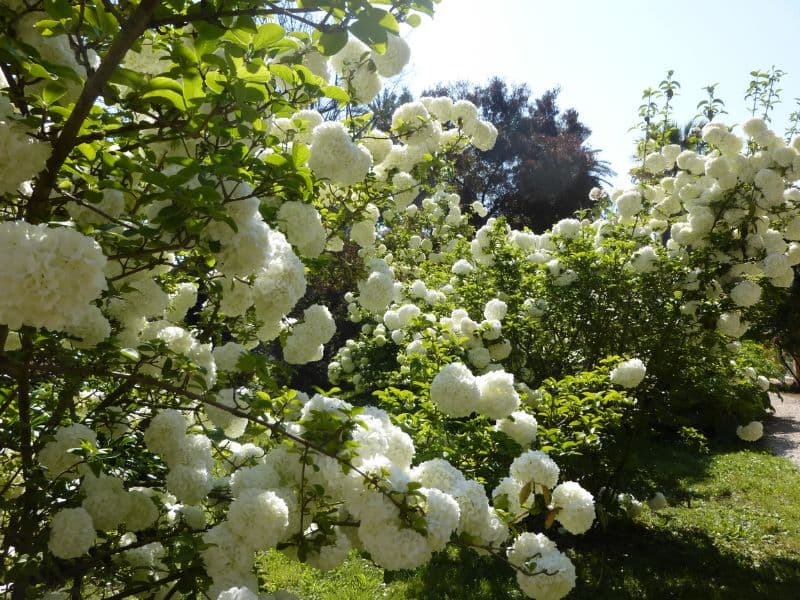
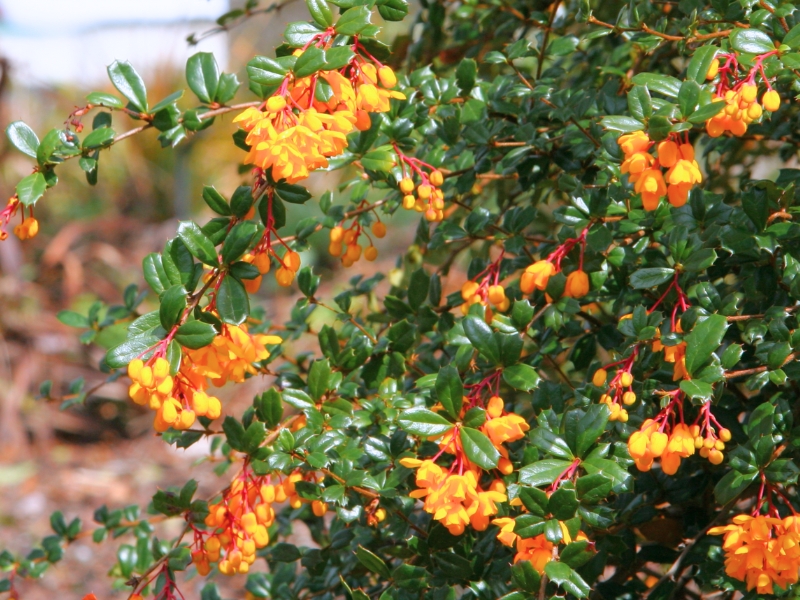
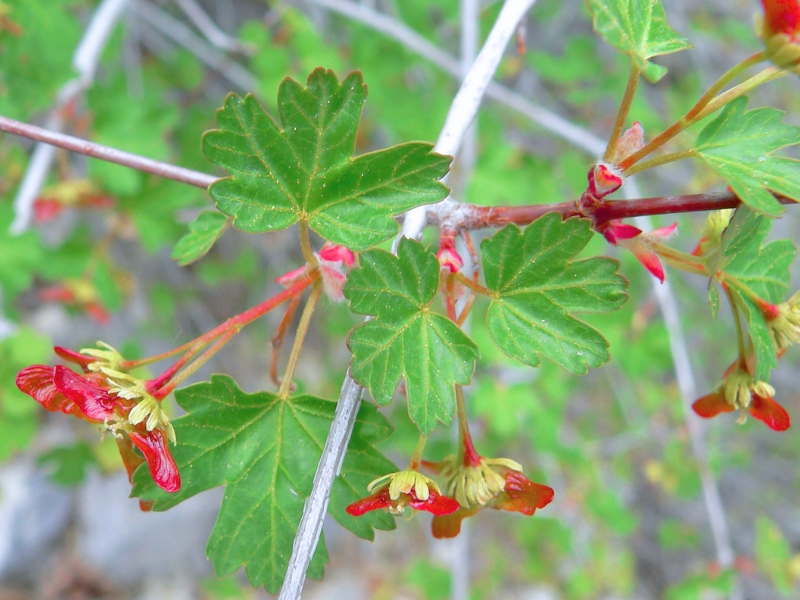
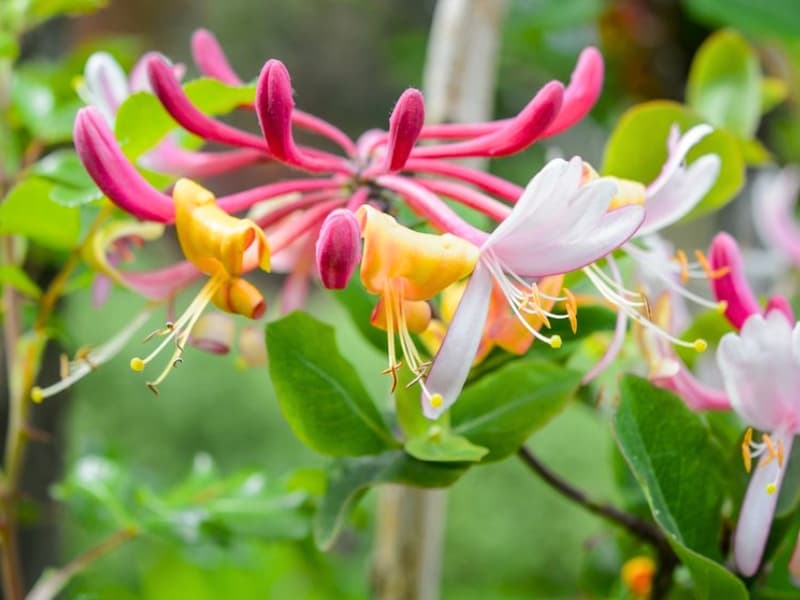
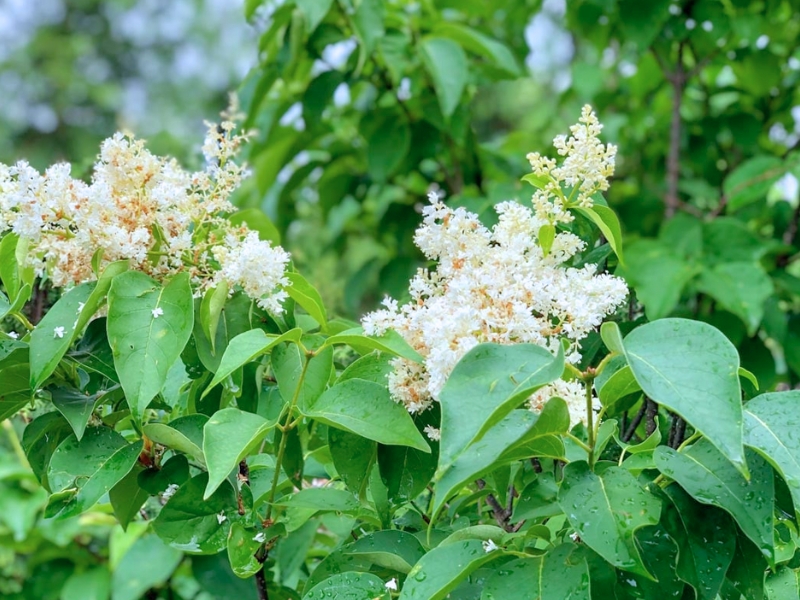
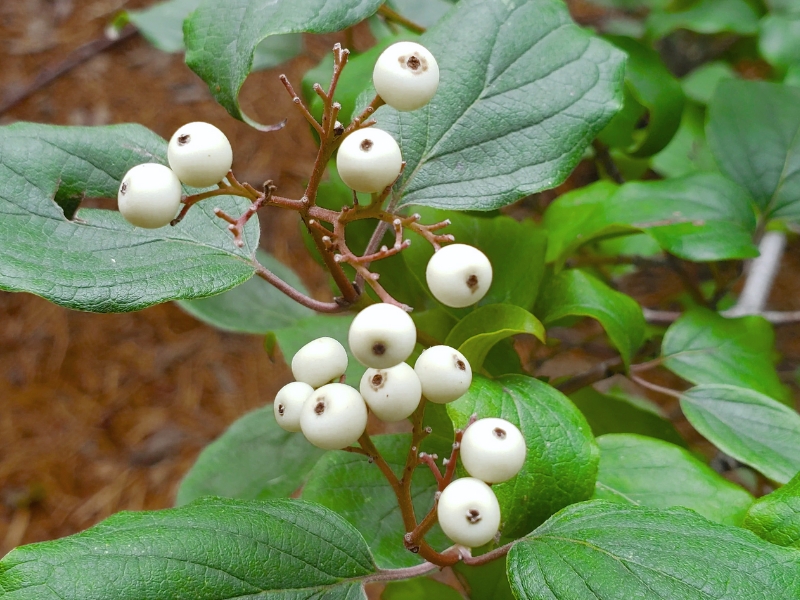
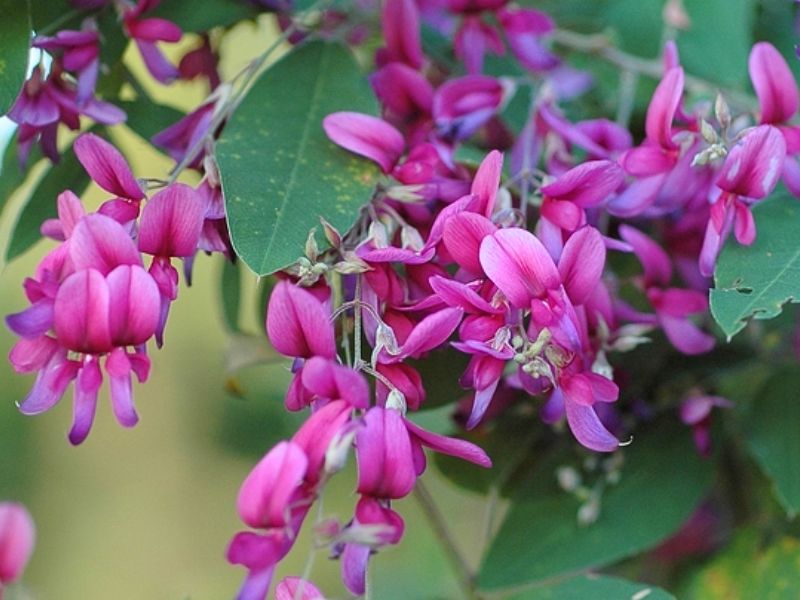
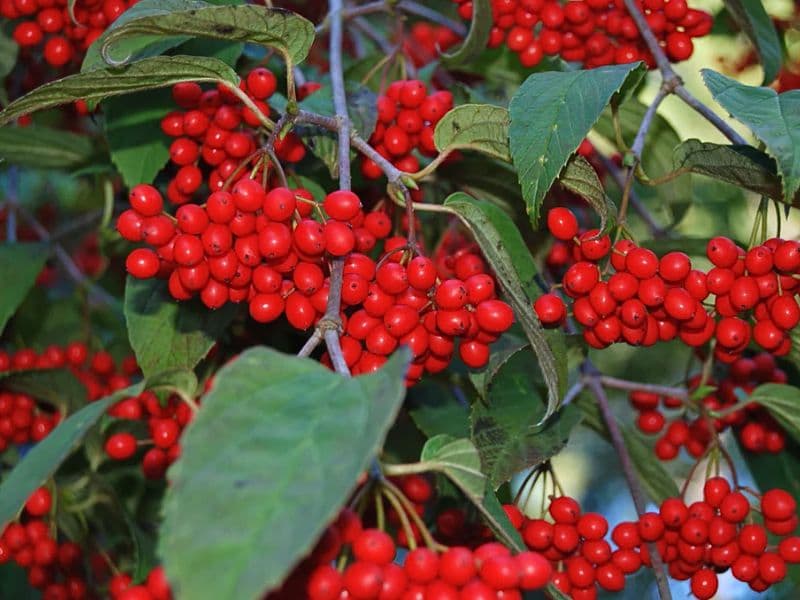
Leave a Reply